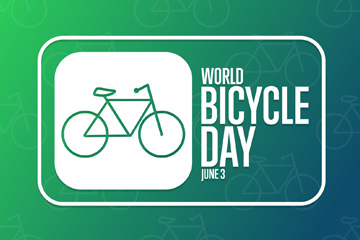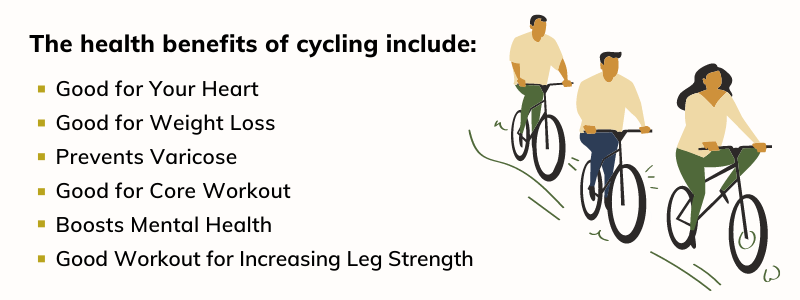“Ride as much or as little, as long or as short as you feel. But ride.” – Eddy Merckx
Riding a bicycle – one of history’s best inventions – is one of the fondest childhood memories to most of us. Even after we grew up, many of us still love to ride a bicycle as it benefits us in many ways. This shows that the significance of the bicycle has not decreased over the years, instead, it has now increased tremendously. To promote the worth of the bicycle, World Bicycle Day is observed on 3rd June 2021.
Even though the bicycle and related activities are versatile in nature, there was no specific day that observed or acknowledged this on a global level until recently when the United Nations Organization officially declared June 3rd of every year to be celebrated as World Bicycle Day. The official declaration came in April 2018.
The theme of World Bicycle Day is “uniqueness, versatility, and longevity of the bicycle as a simple, sustainable, economical, and reliable mode of transportation.” That is, the UN established World Bicycle Day for many reasons such as its impact on society – which is quite transformative – because even the poorest people get access to basic transport with the bicycle and also get to save money on gas. It can also serve as a tool for development and a source of access to education, health care, and sport.
Along with providing a simple and sustainable means of environment-friendly transportation, bicycling is rejuvenating for our physical and mental health.
According to experts, bicycling has tremendous health benefits for all age groups. Millions of people around the world use a bicycle as their primary means of transportation, as it is a simple and effective way of training your body without too much effort. It helps people to get a healthy dose of physical activity as part of their daily routines.
- Good for Your Heart: Being a gentle, low-impact sport, cycling gives your cardiovascular system an effective workout. In fact, it promotes good circulation and increases the elasticity of your arteries – making them stronger – as it helps dilate the blood vessels and reduces blood pressure. According to a 2011 study published in the British Medical Journal, “30 minutes of cycling per day reduces the risk of heart disease by half”.
- Good for Weight Loss: At a high intensity, cycling helps lower body fat levels which promotes healthy weight management. It can also increase your metabolism and build muscle, which allows you to burn more calories, even while at rest. However, as cycling is a low-impact sport, it doesn’t damage the muscles and joints in the same way.
- Good Workout for Increasing Leg Strength: When you pedal, your leg muscles are used – particularly quads, glutes, thighs, hamstrings, and calves – which improves overall function in your lower body and strengthens your leg muscles without overstressing them.
- Prevents Varicose: As cycling uses your leg muscles, it helps push the blood out of your legs, thus preventing varicose veins from developing.
- Good for Core Workout: Cycling is good for building the strength of your legs; it also works your core muscles, including your back and abdominals, because, maintaining your body upright and keeping the bike in position requires a certain amount of core strength. With strong abdominals and back muscles, you can support your spine, increase stability, and improve comfort while cycling.
- Boosts Mental Health: Cycling helps promote your physical strength, it also equally boosts your mental health. Cycling can ease feelings of stress, depression, or anxiety, because it requires keen focusing on the road and it may help take your focus away from mental chatter. While cycling endorphins are released, which lowers stress levels and help you feel better. You might feel more confident and content once you make cycling a regular part of your life.
Apart from these health benefits, cycling is also equally good for the economy, and the environment as well, as it prevents air pollution. That is, with cycling there’s no dirty exhaust fumes to clog and smog up the air; the only power needed to ride a bicycle is foot or pedal power. Especially during this COVID-19 pandemic period, cycling has once again proved it’s the better mode of transport – affordable, environment-friendly and healthy. According to the World Health Organization (WHO), “safe infrastructure for walking and cycling is also a pathway for achieving greater health equity.”
So don’t waste your time, celebrate the freedom of movement and ride happily on this World Bicycle Day!

